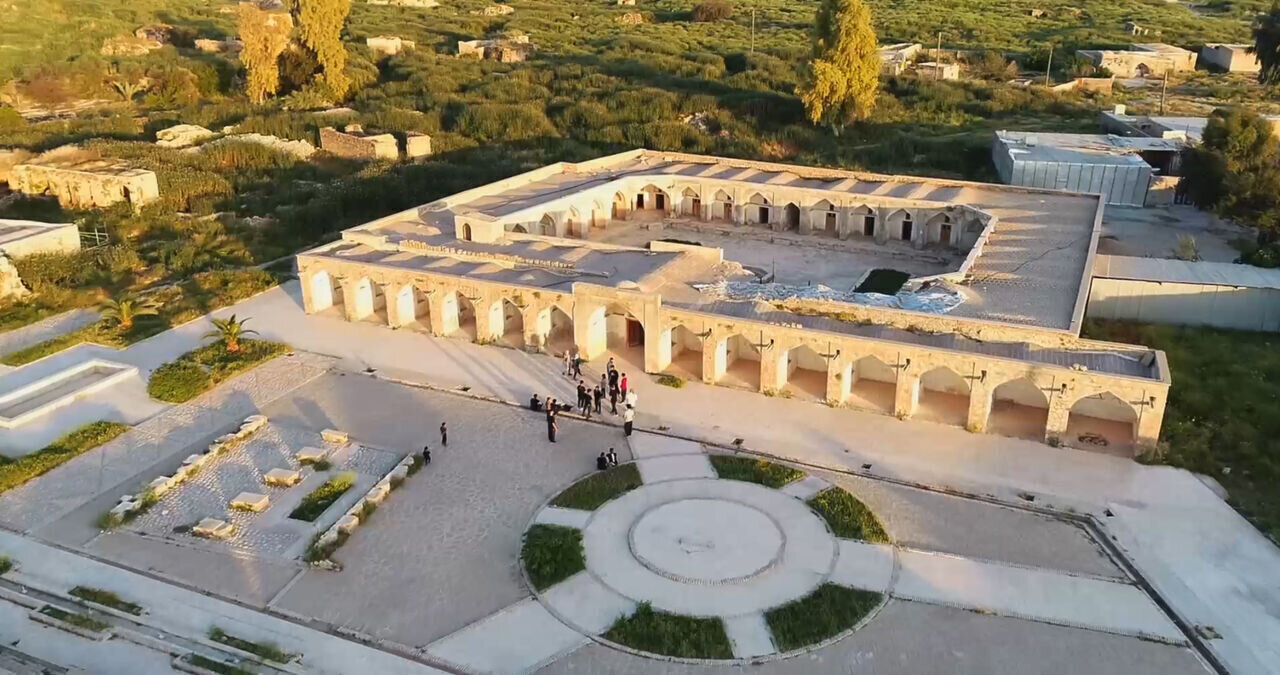Historic core of Dehdasht to be restored for tourism, minister says

TEHRAN – Iran’s Minister of Cultural Heritage, Tourism and Handicrafts Seyyed Reza Salehi-Amiri said on Thursday that the historic texture of Dehdasht in Kohgiluyeh and Boyer-Ahmad province will be fully restored for tourism.
Visiting the lesser-known province, Salehi-Amiri said the restoration would help promote tourism and strengthen Iran’s cultural image internationally.
“The revival of this historic zone cannot rely solely on government spending,” Salehi-Amiri said. “The participation of investors can turn Dehdasht into a hub for domestic and foreign tourists.”
The minister said his office is in talks with investors and related associations and has delegated decision-making authority to provincial governors to accelerate development. He added that priority measures include approving infrastructure permits and raising the ceiling for investment licenses from 800 billion rials ($800,000) to 10 trillion rials ($10 million).
“This delegation of authority allows provincial managers to make strategic decisions locally, without requiring investors to travel to Tehran,” he said.
Salehi-Amiri described the government’s evaluation of the provincial administration as positive and said sustainable development could help close long-standing economic gaps in the region.
Kohgiluyeh and Boyer-Ahmad Governor Yadollah Rahmani said 42 tourism projects are underway in the province and will be funded by the end of the [current Iranian calendar] year. He noted that 780 sites in Dehdasht are registered as national heritage and one has been inscribed internationally.
Rahmani said the restoration of Dehdasht’s historic fabric, which includes a caravanserai, mosque, marketplace, bathhouse and citadel, would provide significant opportunities for investment.
Member of Parliament Seyyed Mohammad Movahed also urged coordinated efforts to boost tourism, citing attractions such as the Cheshmeh Belqeys garden, the Kamar Doogh waterfall, and local archaeological remains.
The ancient city of Dehdasht, also known as Belad Shapur, is considered one of the most important surviving examples of Iranian architecture. Its caravanserai was among 54 Iranian caravanserais inscribed on the UNESCO World Heritage list at the organization’s 45th session in Riyadh in 2023.
Dehdasht, also known as Belad Shapur, was established on the order of Shapur I (241–272 CE), the second king of the Sassanid dynasty. During Shapur’s reign, the Sassanid Empire extended from Sogdiana and Iberia (present-day Georgia) in the north to the Mazun region of Arabia in the south, reaching the Indus River in the east and the upper Tigris and Euphrates valleys in the west.
The Sassanid period marked a revival in Persian art and architecture, characterized by monumental palaces such as those at Ctesiphon, Firuzabad, and Sarvestan. Crafts including metalwork and gem engraving became increasingly refined, while the translation of works from East and West into Pahlavi, the Sassanid language, advanced scholarship.
Rock-carved sculptures and bas-reliefs on limestone cliffs are among the most recognizable features of Sassanid art, with notable examples at Bishapur, Naqsh-e Rostam, and Naqsh-e Rajab in southern Iran. In 2018, UNESCO inscribed the “Sassanid Archaeological Landscape of Fars Region” on its World Heritage list.
Kohgiluyeh and Boyer-Ahmad province is also known for its nomadic culture. Visitors can stay with nomadic or rural families, participate in agricultural and daily routines, and experience traditional arts and customs.
AM
Leave a Comment